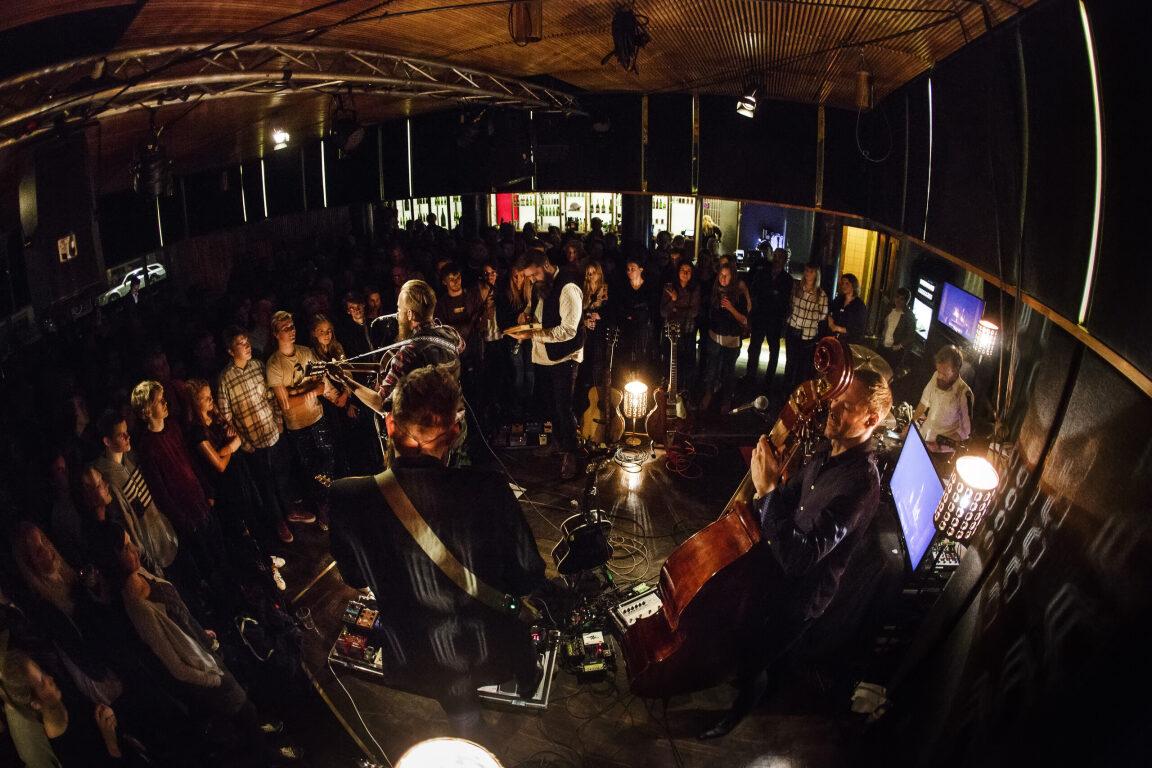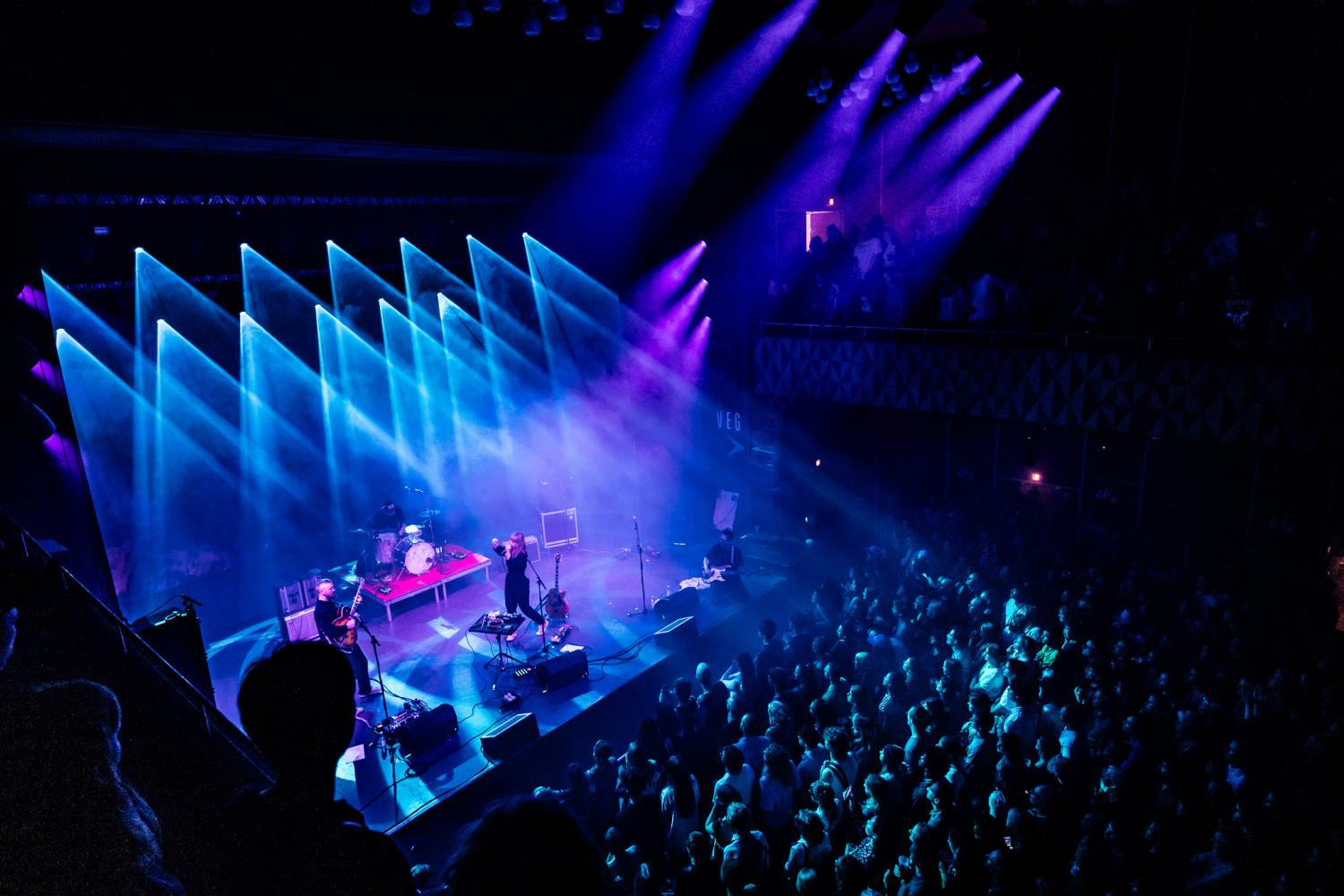
Greener venues: VEGA(DK) is on a mission to phase-out artists fly-ins

In our quest to explore how music venues are fighting against climate change, we interviewed three Liveurope members to learn about their efforts to reduce their environmental impact.
As awareness grows around the environmental impact of touring, both artists and audiences are starting to shift their attitudes. From the publishing of the climate paper “Last Night a DJ took a flight” in 2021 to big names like Coldplay committing to cutting CO2 emissions by 50% with each tour they’ll do moving forward, change is in the air.
In this interview, we spoke with VEGA’s programmer Jeppe Christensen about how the venue is doing their part by limiting artists fly-ins for their own in-house festivals.
Can you tell us how you came up with the idea of limiting artists fly-ins for your own productions?
The idea came from our desire to do something about the environmental impact that touring has. During the festival season, for instance, which starts in late spring, lots of bands are flying around because the festivals are in different regions. Our goal is to spread awareness around the topic among agents and bands. We encourage the acts to book a small tour around the festival, to create the conditions so it doesn't make sense to fly.

What do you think will be the main challenges you'll face as you roll out this initiative, and how do you plan to tackle them?
The challenges with limiting fly-ins are both financial and logistical in nature. Flying around can be risky as people lose their luggage all the time, so that’s an argument we use in our favour. But then again, flight tickets are cheap and when management seeks to minimize costs for touring artists, they tend to make cuts on rentals, like buses and hotels.
This is especially the case for emerging artists, as it's very hard to get paid enough for each show to make the tour financially sustainable. And that's why I think Liveurope and its slow mobility tool are important and can be an incentive for emerging artists to not do these fly-ins.
Is it possible to keep your programming diverse while limiting fly-ins?
We put a lot of effort into making our programming diverse, to secure the profile we want to present. Right now, that is our top priority.
For us it is not just about how artists get to our venue, we want to make an impact on all the aspects of touring. We look at their riders and try to make their stay as sustainable as possible.

Have you heard any initial thoughts or feedback from artists regarding the no fly-in initiative?
We have positive feedback from artists who think this is a good initiative. We wish to inspire bands when they come here to adopt more sustainable practices, that’s why we try to explore different mobility options with them. But for us it does not end there: we also work on other levels, providing locally sourced food to artists and discouraging the use of plastic utensils.
In your view, do you feel there has been a shift in the sector’s attitude and approach towards artist mobility and taking steps to be more sustainable?
I definitely see the shift in the emerging scene, but also at the very top of the chain, where money is not that big of an issue. I think the initiatives of some of the bigger arena acts, like Coldplay, as well as the sustainable spirit of the younger generations, make for a good example for everyone in the industry.
It’s inspiring for us. I think the industry, as a collective, is going in the right direction, and people are focusing more on doing productions in a more efficient and sustainable way.
Make sure to also check out the interviews with Ancienne Belgique (BE) on sustainability innovation and audience engagement and L’Aéronef (FR) on greener audience mobility.



























